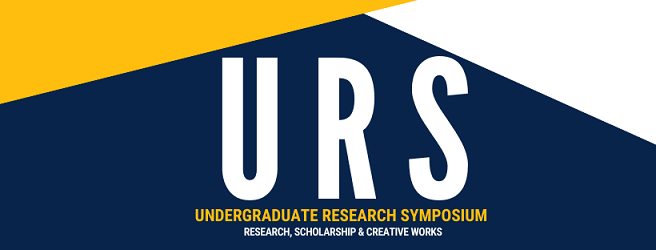Faculty Sponsor
Dr. Aimee Dunlap
Final Abstract for URS Program
Current studies in nectar concentration preference generally take the form of a static laboratory experiment in which a multitude of feeders provide a constant source of nectar in differing concentrations and data is collected on which one is preferred most by bees. Studies like these are important because they seek to gain an understanding of bee foraging patterns. Having a strong biological understanding of these organisms better prepares us to combat issues regarding conservation should they occur. Here, we conduct an analysis on the foraging patterns of two colonies of Bombus impatiens (B. Impatiens) with data gathered from fixed ratio (FR) & progressive ratio (PR) schedules of reinforcement. FR is more similar to previous study methods and PR makes it so bees won't receive a reward for every response. Thus, PR is more akin to a real foraging setting. Findings of FR runs show a significant preference for ≥45% sucrose for individual bees in both colonies and significantly higher average earned rewards for colony B2 over the colony A6. For PR both colonies had no significant differences regarding sucrose preference or average earned rewards. However, when comparing FR and PR data we find a that colony B6 does not have a higher average earned reward like it does for FR conditions. Lastly, we did not find a significant difference in colonies for FR and PR sucrose preferences, this is potentially due the need for more colonies in the dataset.
Presentation Type
Visual Presentation
Document Type
Article

